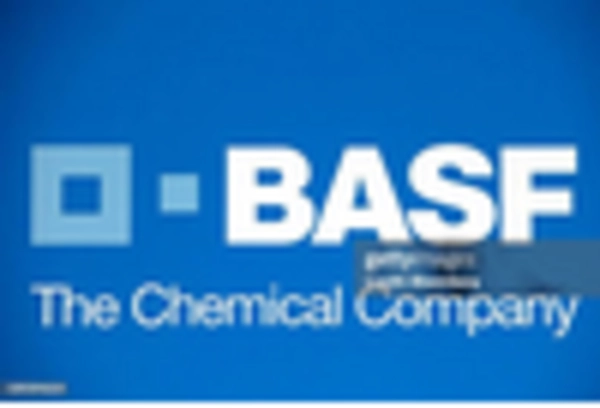The Antistatic Agent Market is currently characterized by a dynamic competitive landscape, driven by increasing demand across various industries such as electronics, packaging, and automotive. Key players are focusing on innovation and sustainability to enhance their market positions. For instance, BASF SE (DE) emphasizes its commitment to sustainable solutions, integrating eco-friendly practices into its product development. Similarly, Dow Inc. (US) is leveraging its technological expertise to create advanced antistatic agents that cater to the evolving needs of its customers. These strategies collectively contribute to a competitive environment that prioritizes not only product efficacy but also environmental responsibility.
In terms of business tactics, companies are increasingly localizing manufacturing to reduce lead times and optimize supply chains. This approach appears to be particularly effective in a moderately fragmented market, where the collective influence of key players shapes pricing strategies and product availability. The focus on supply chain optimization is crucial, especially as companies seek to mitigate risks associated with global disruptions and enhance operational efficiency.
In November 2025, Evonik Industries AG (DE) announced the launch of a new line of biodegradable antistatic agents aimed at the packaging sector. This strategic move not only aligns with global sustainability trends but also positions Evonik as a leader in eco-friendly solutions. The introduction of these products is likely to attract environmentally conscious customers, thereby expanding their market share.
In October 2025, Clariant AG (CH) entered into a strategic partnership with a leading electronics manufacturer to develop customized antistatic solutions. This collaboration is expected to enhance Clariant's product offerings and strengthen its foothold in the electronics market. By tailoring solutions to specific customer needs, Clariant may improve customer loyalty and drive revenue growth.
In September 2025, Solvay SA (BE) expanded its production capacity for antistatic agents in response to rising demand from the automotive sector. This expansion not only demonstrates Solvay's commitment to meeting market needs but also reflects a proactive approach to scaling operations. Such capacity enhancements are likely to provide a competitive edge in a market where timely delivery and product availability are paramount.
As of December 2025, the Antistatic Agent Market is witnessing trends such as digitalization and AI integration, which are reshaping competitive dynamics. Companies are increasingly forming strategic alliances to leverage technological advancements and enhance product offerings. The shift from price-based competition to a focus on innovation and supply chain reliability is evident, suggesting that future competitive differentiation will hinge on the ability to deliver high-quality, sustainable solutions that meet the diverse needs of customers.

















Leave a Comment